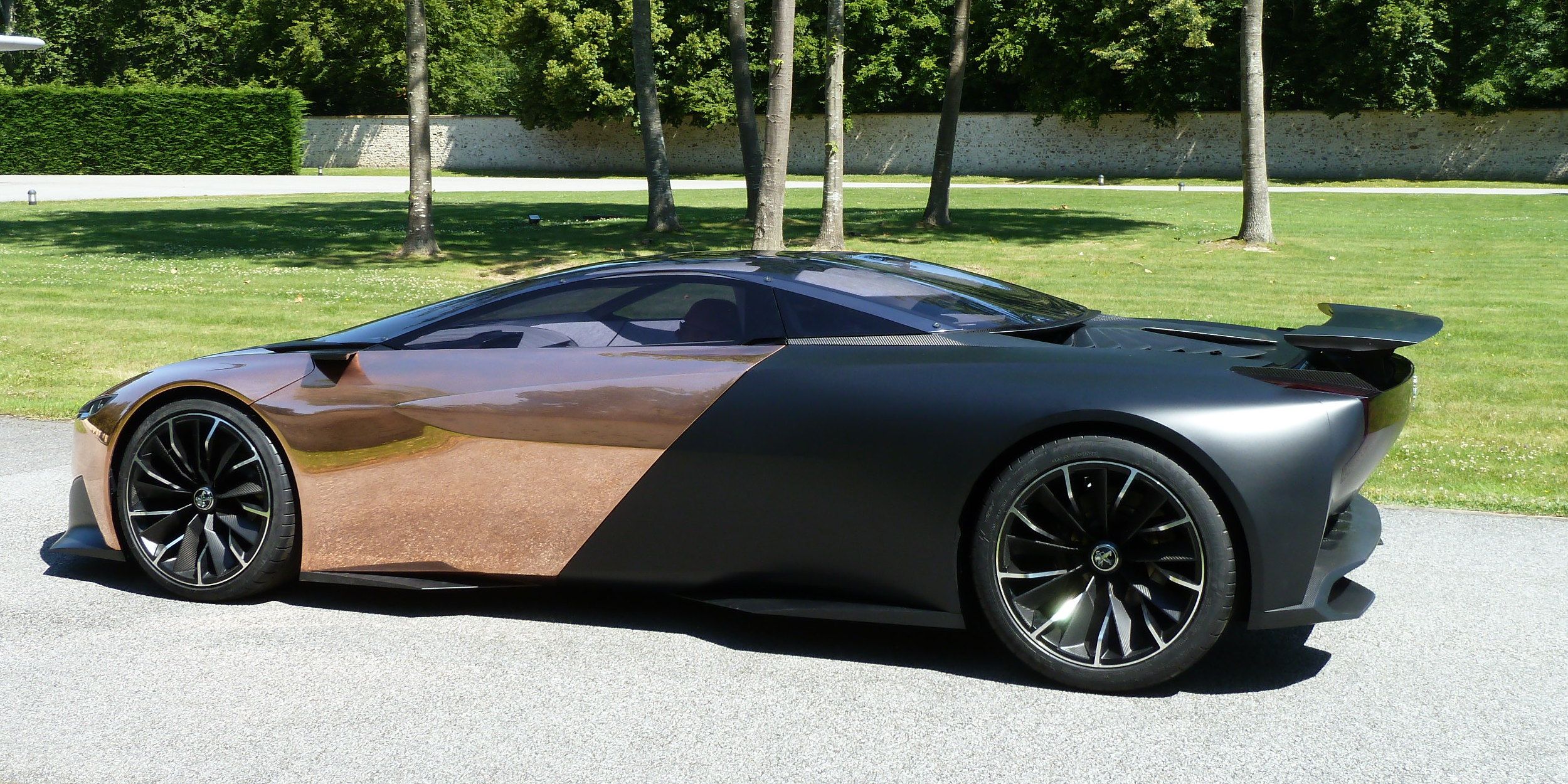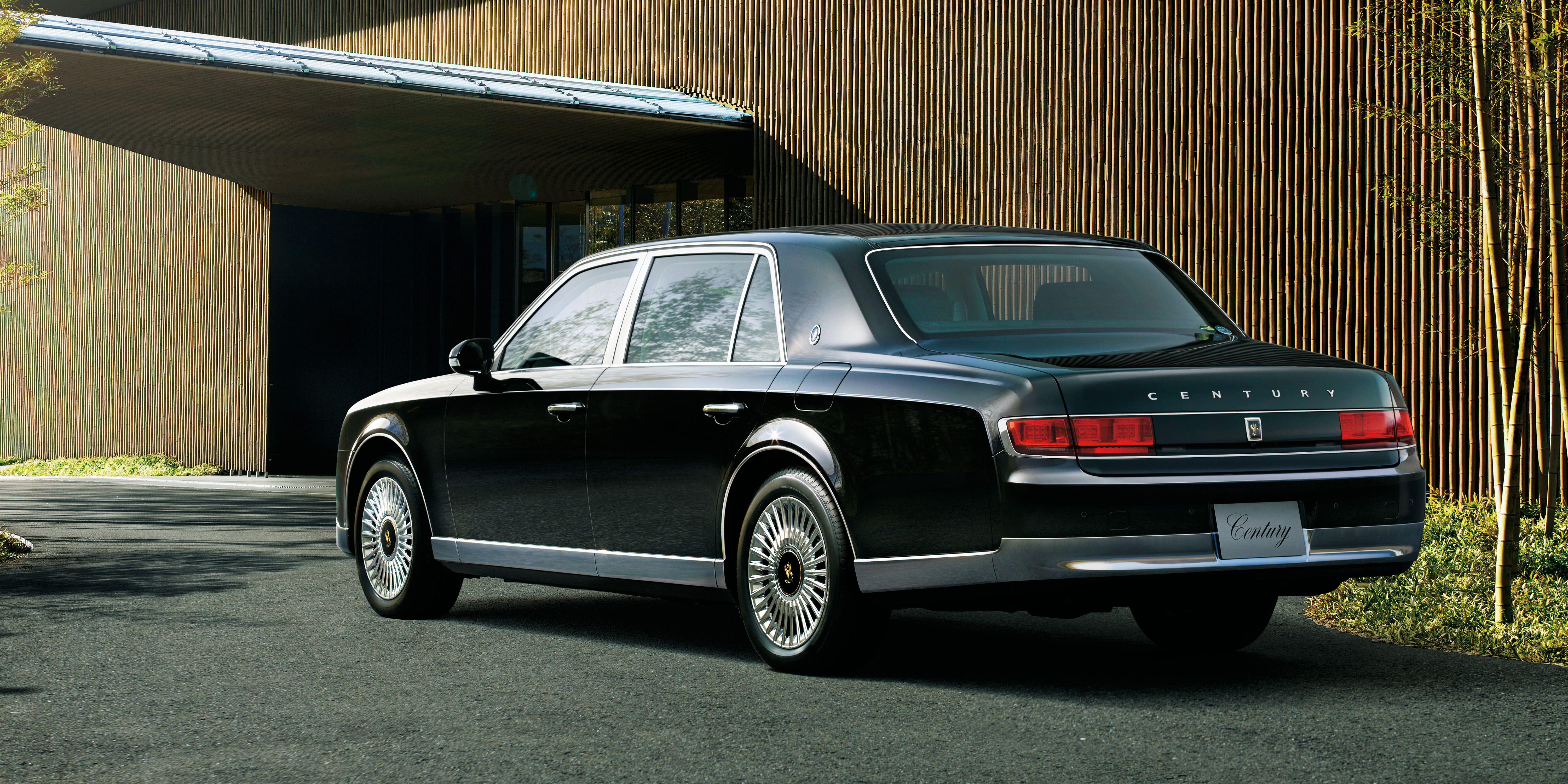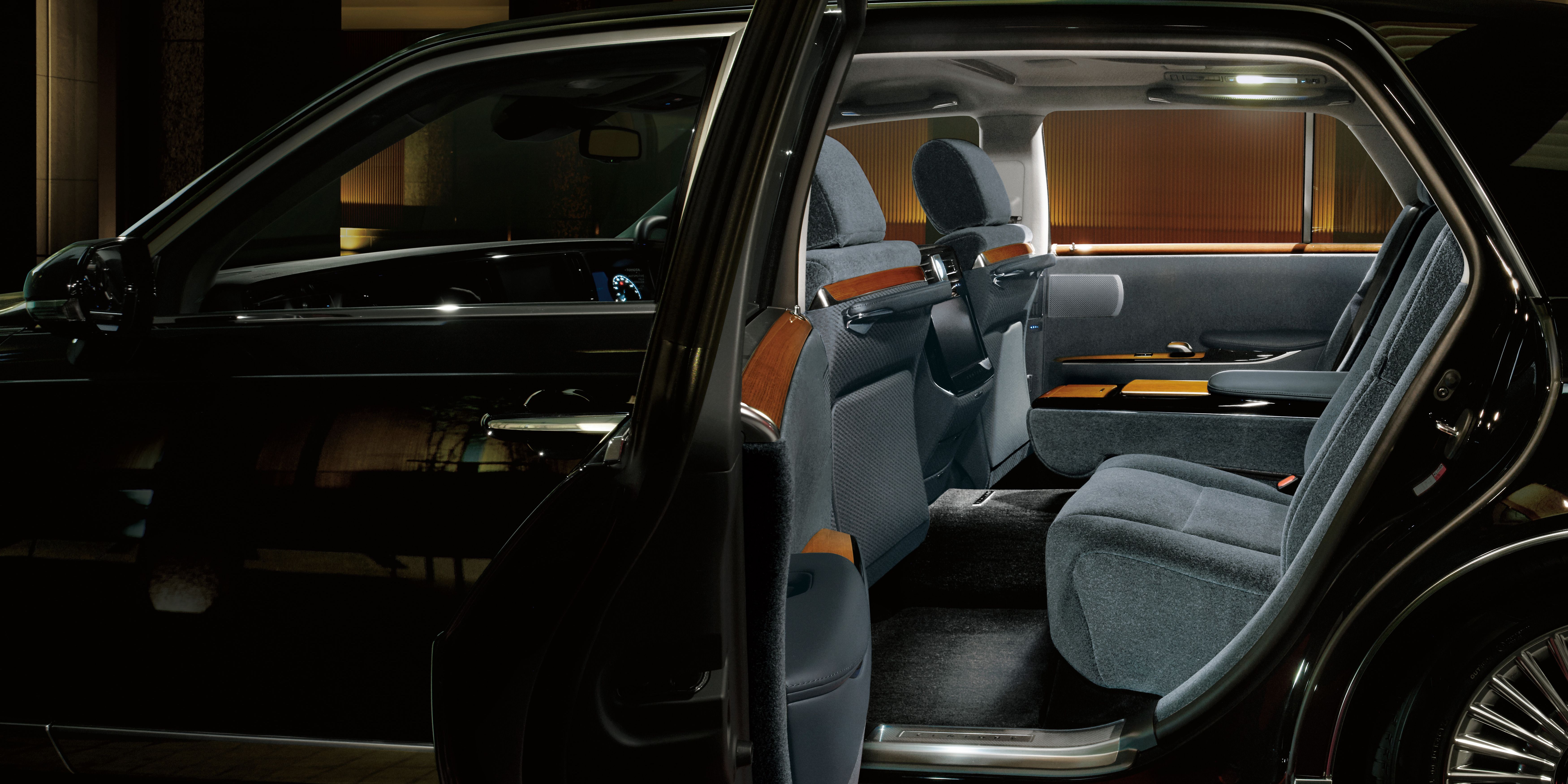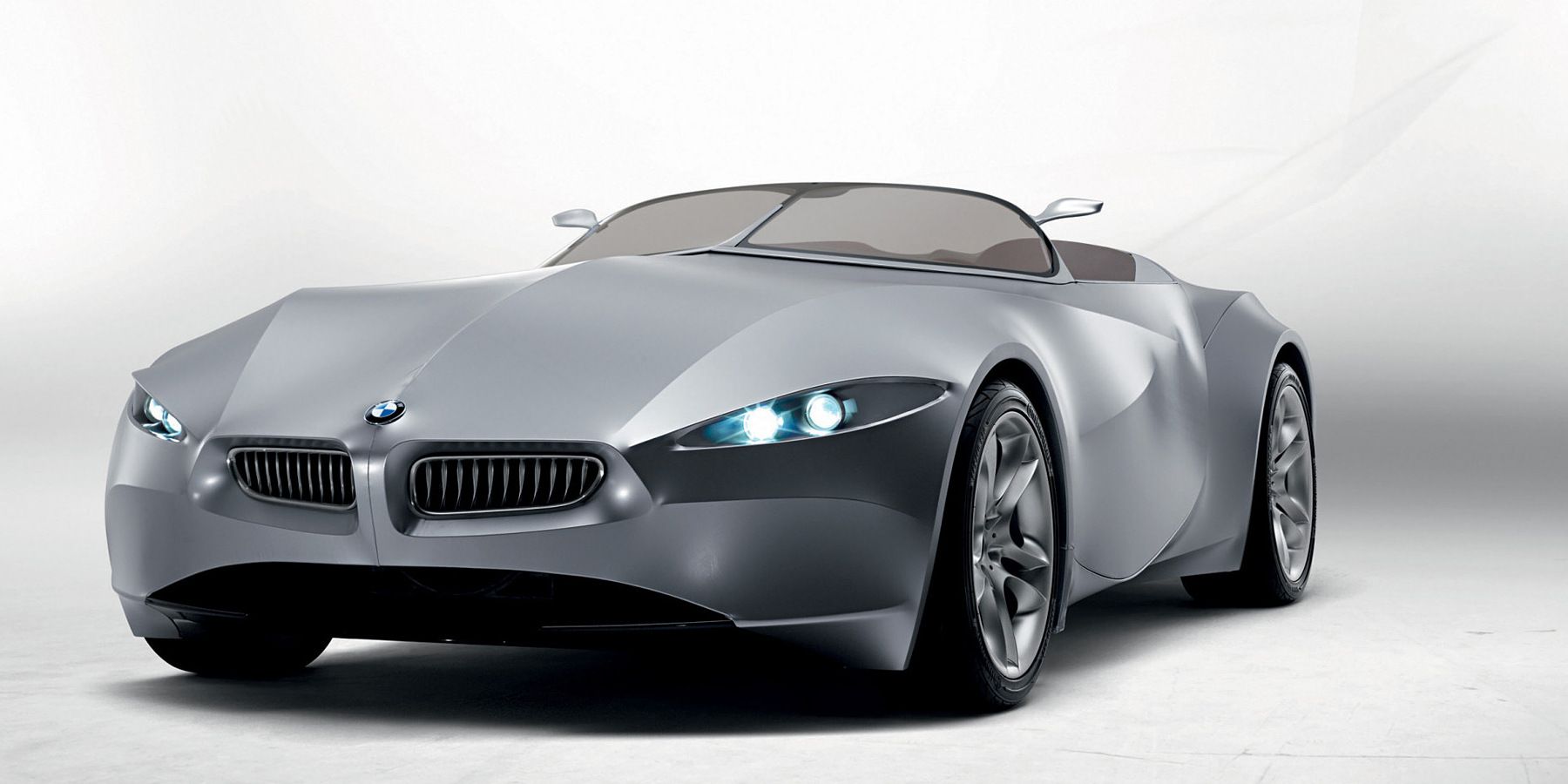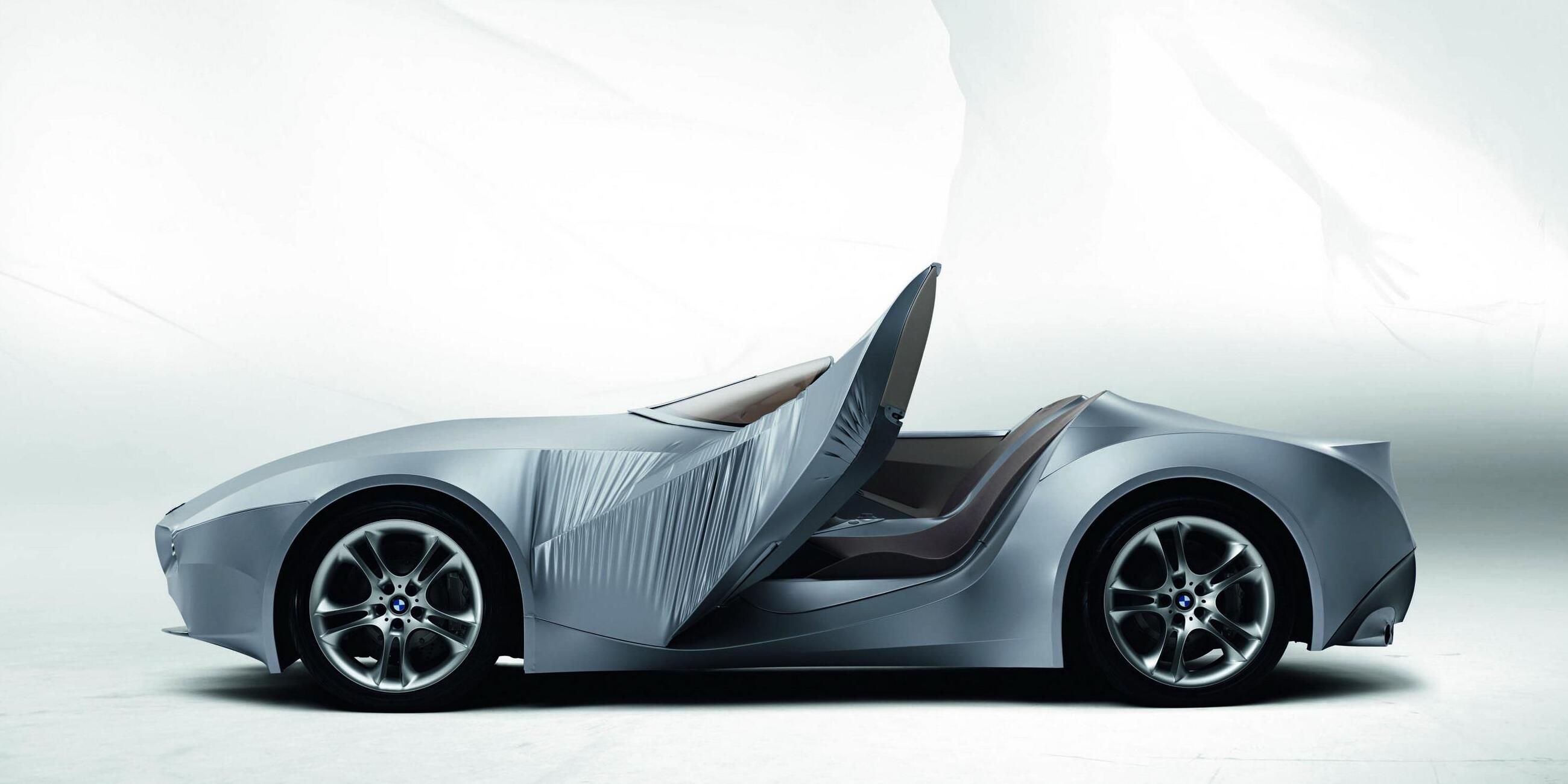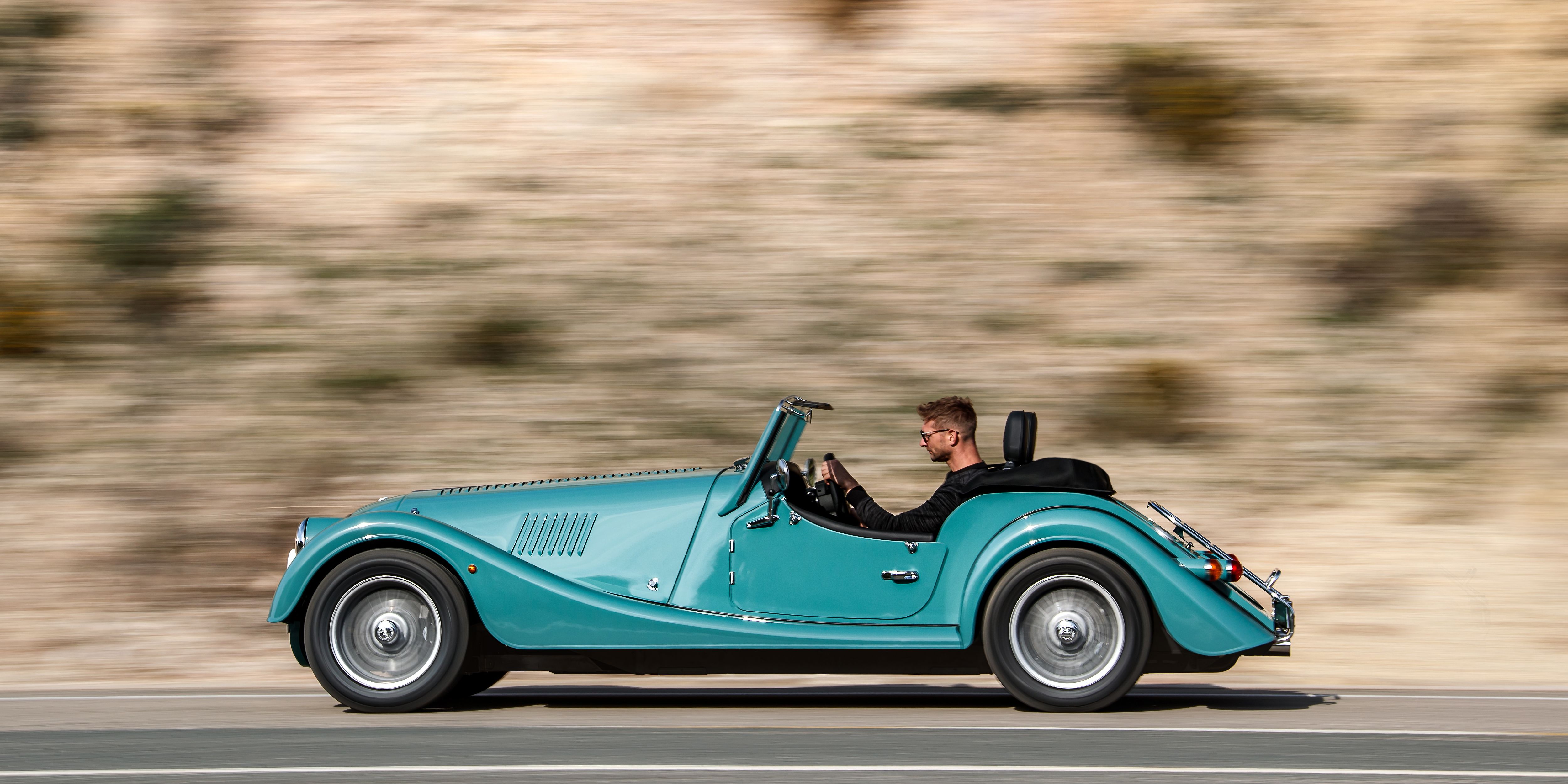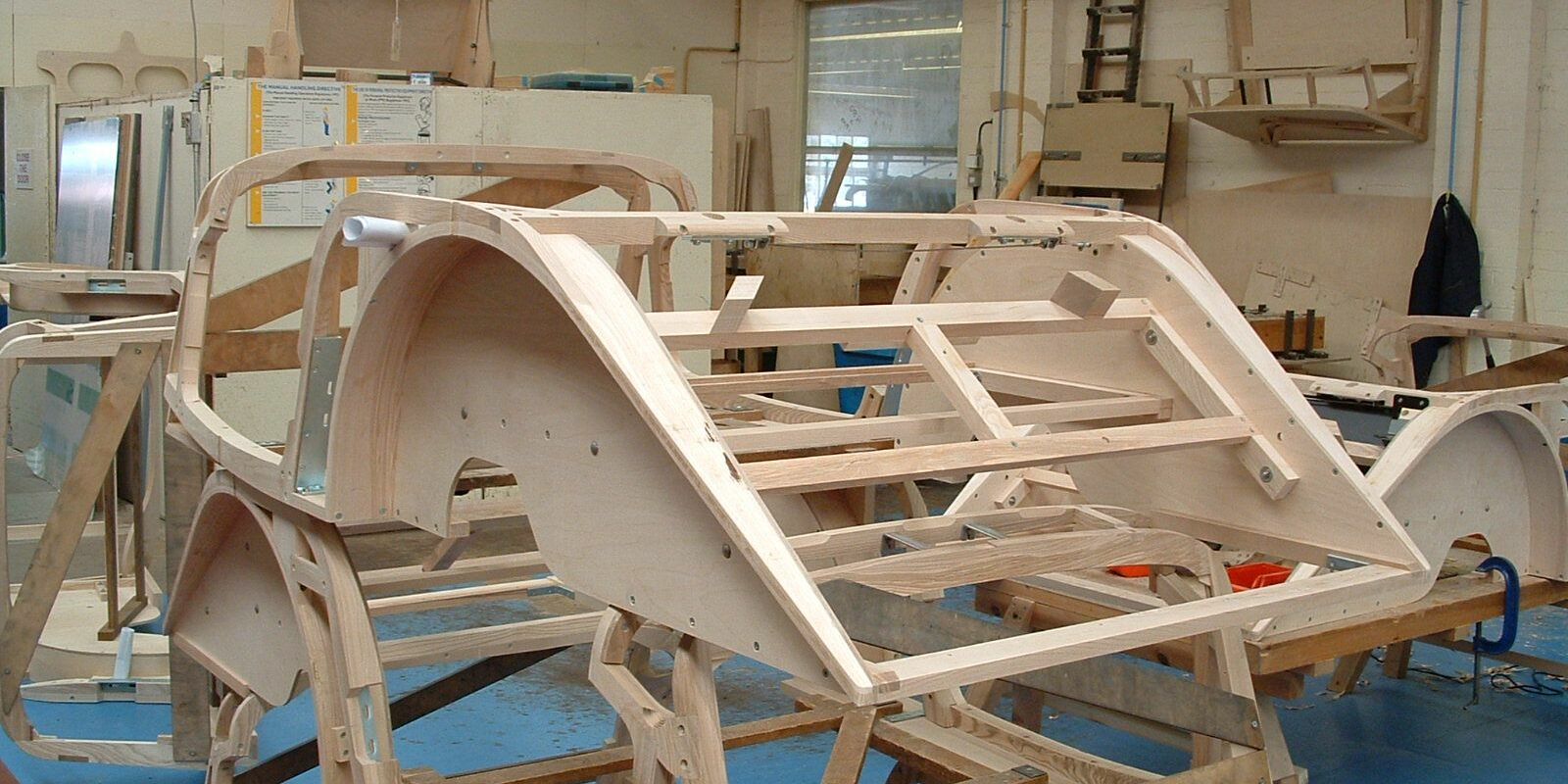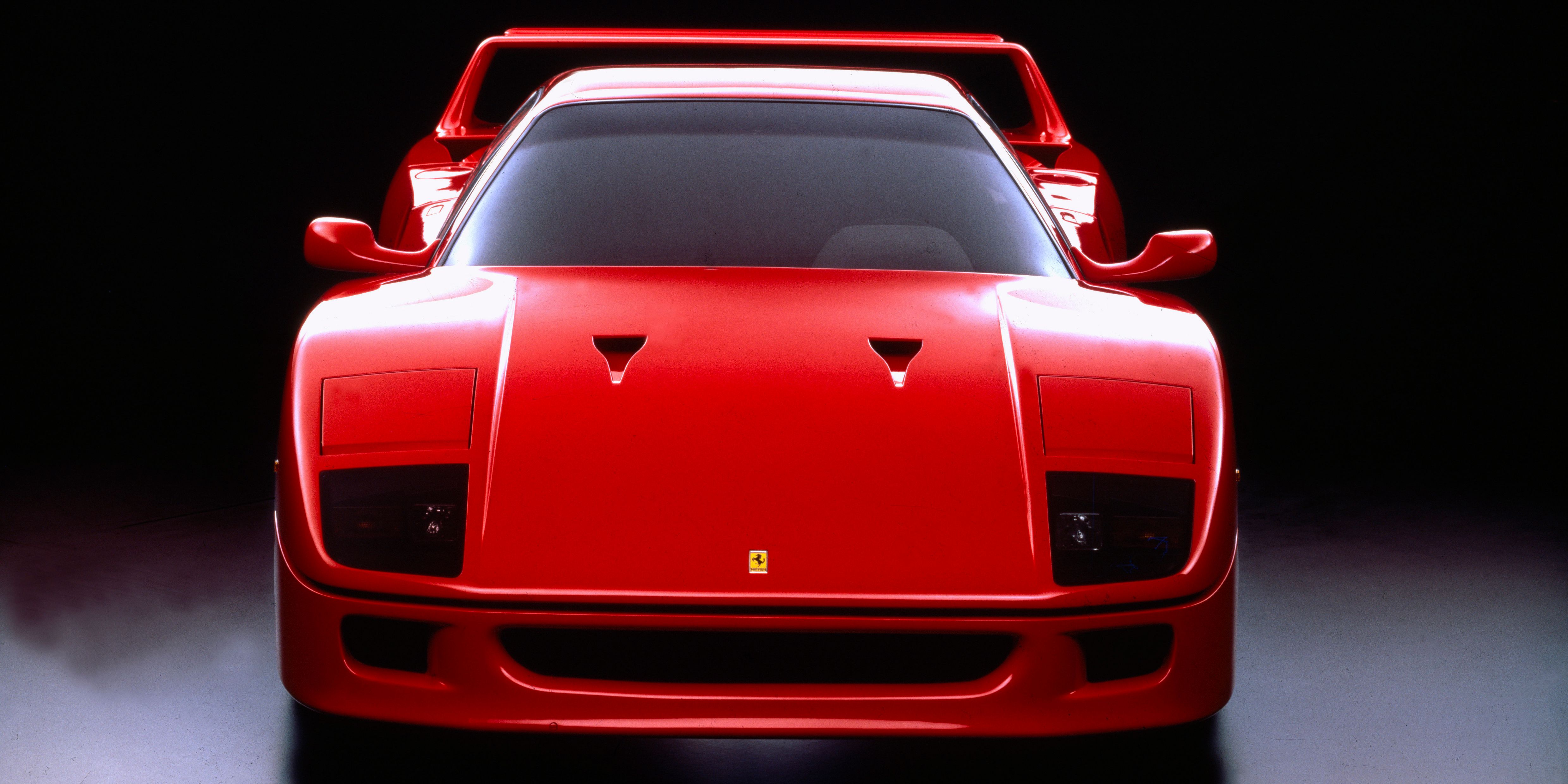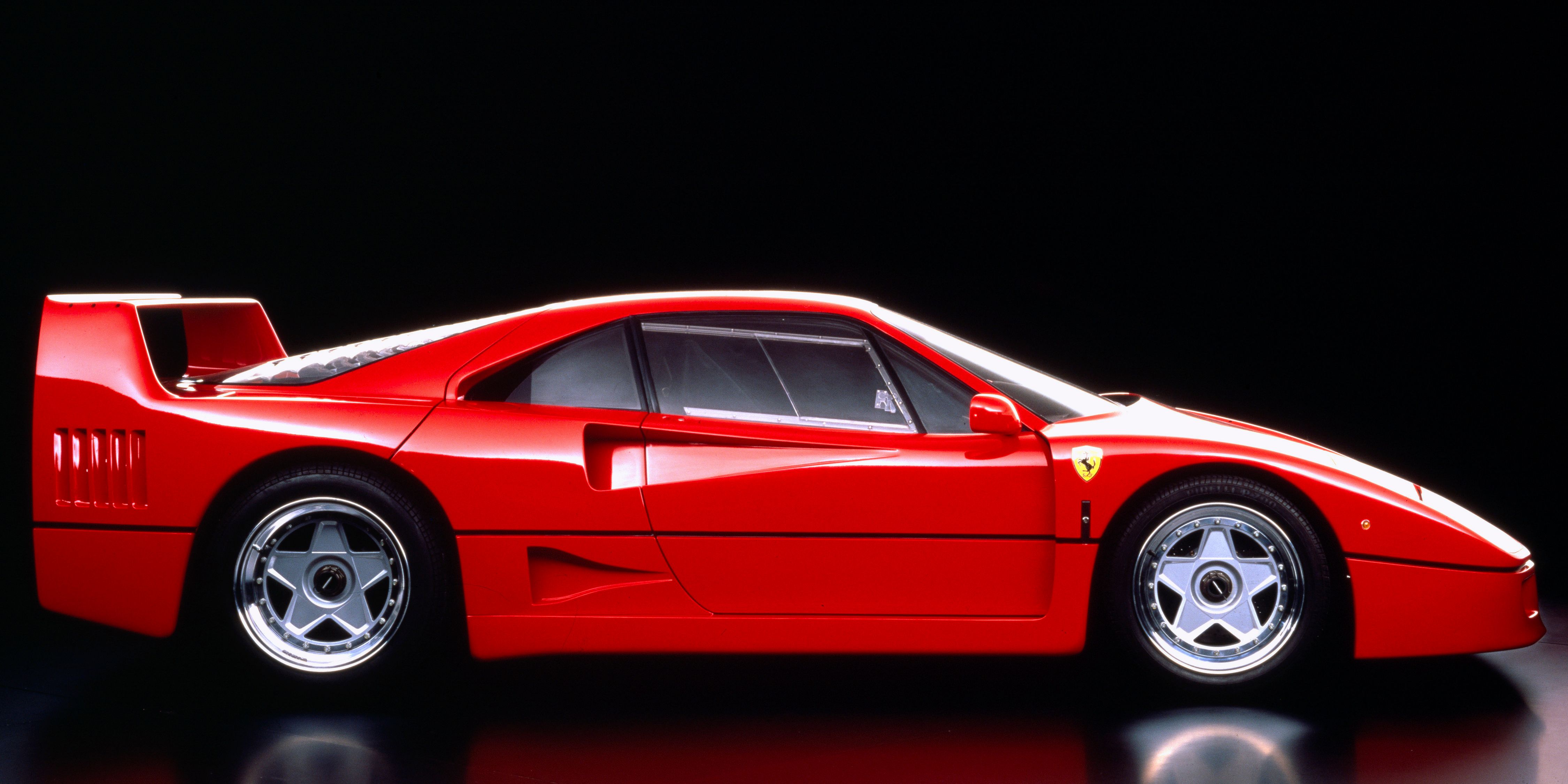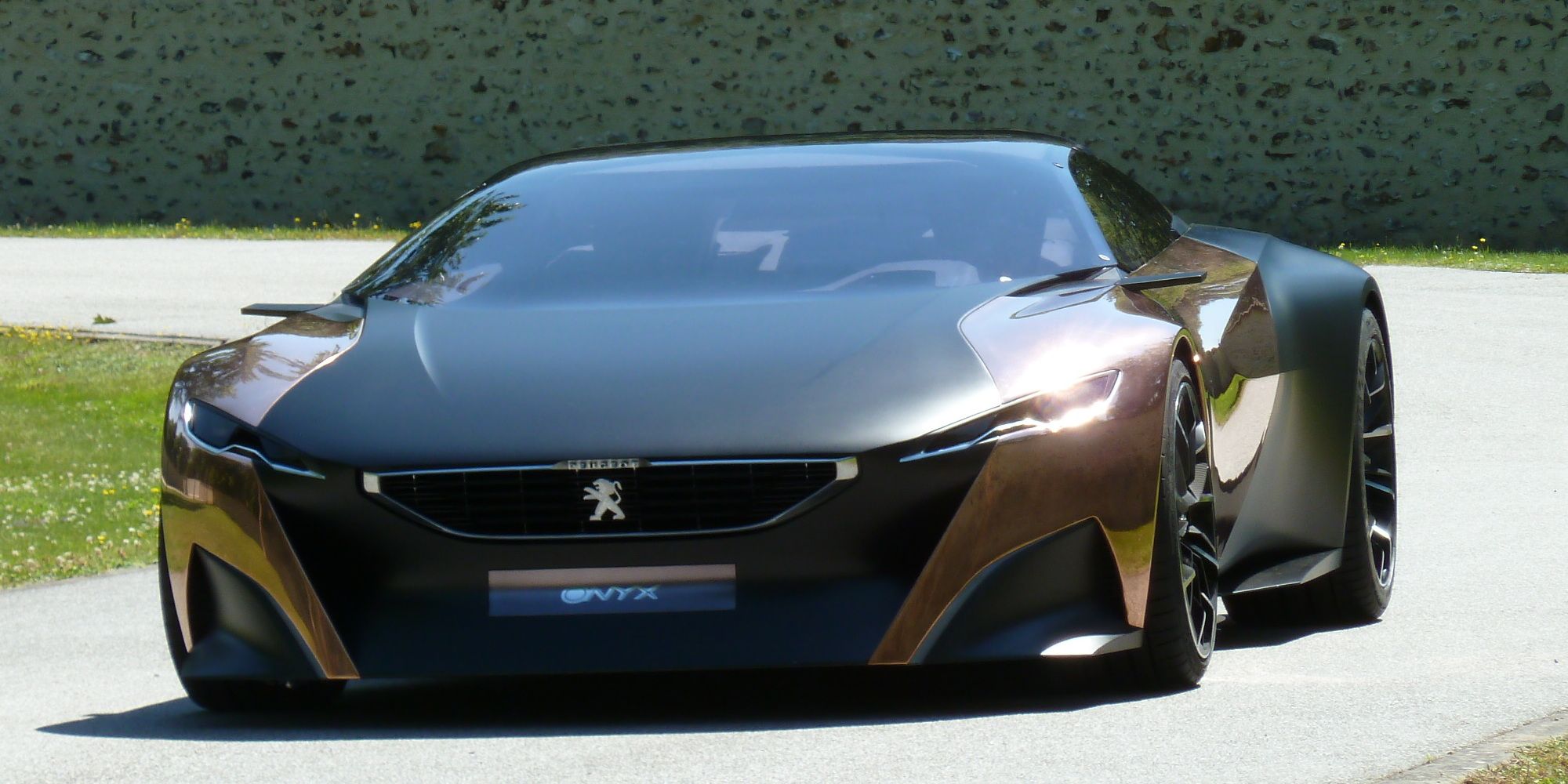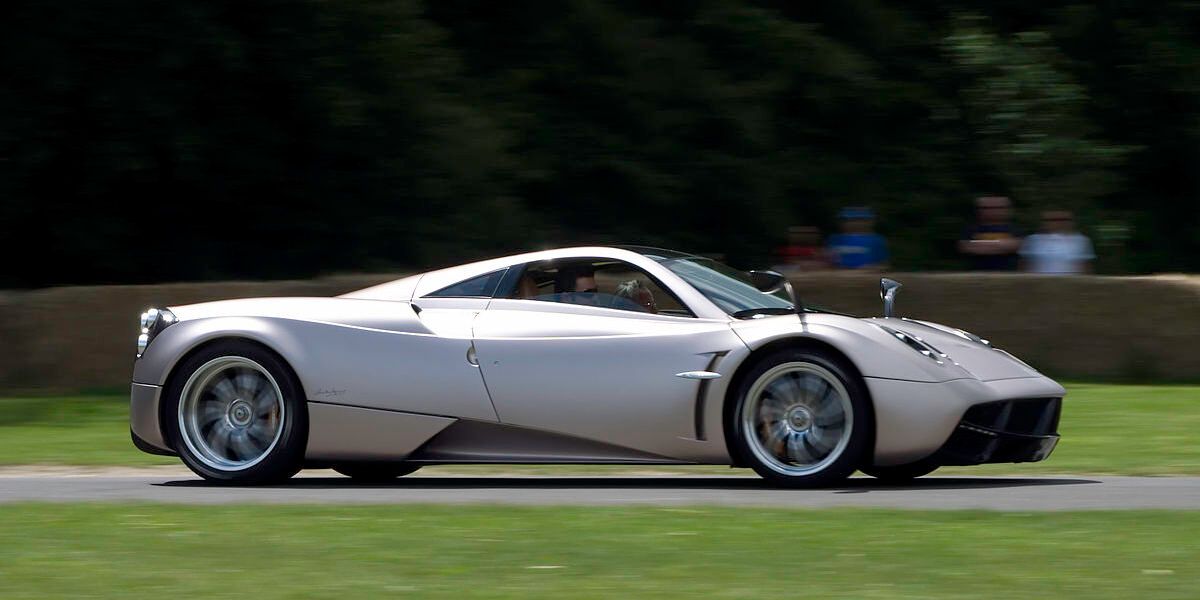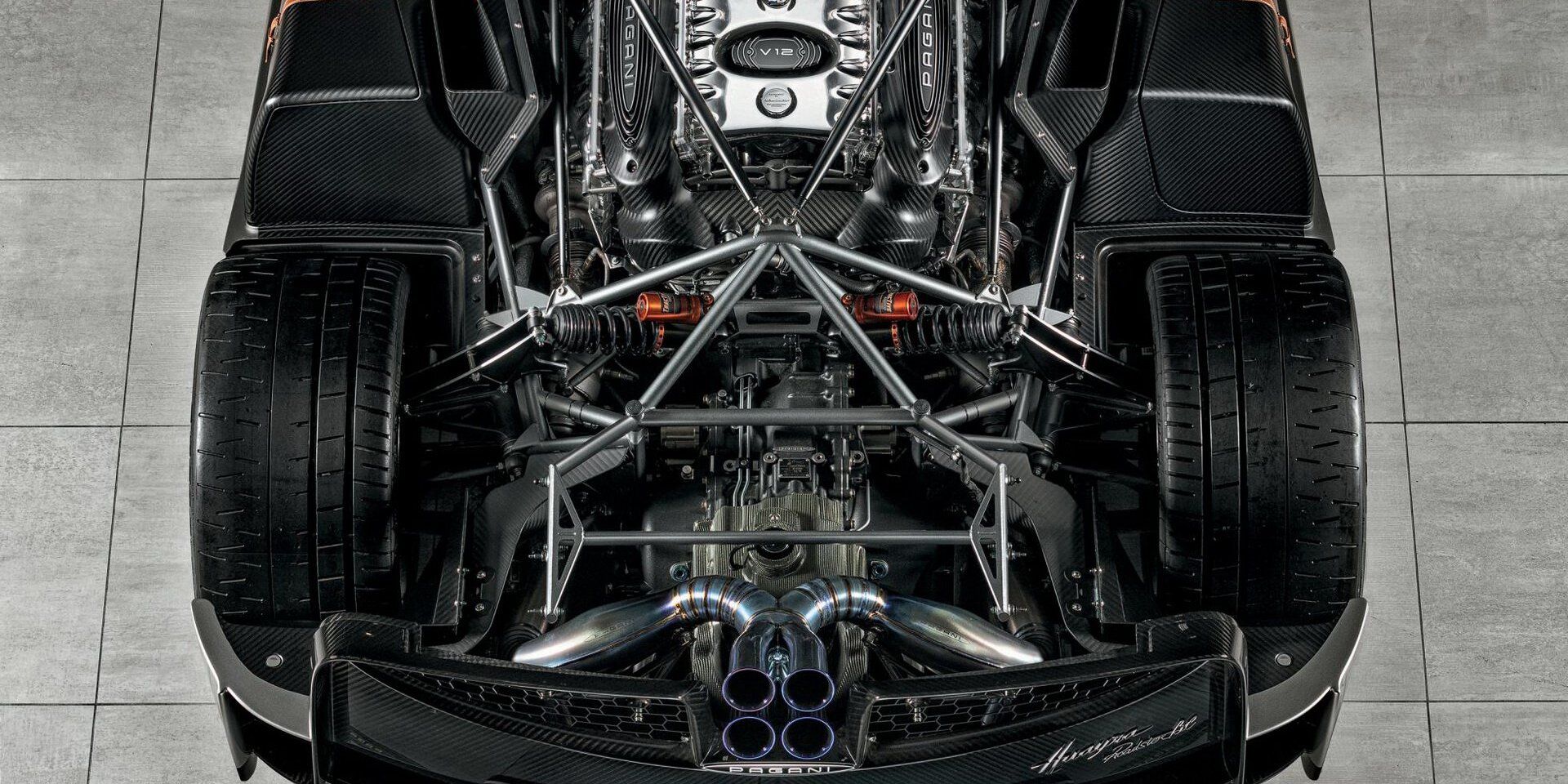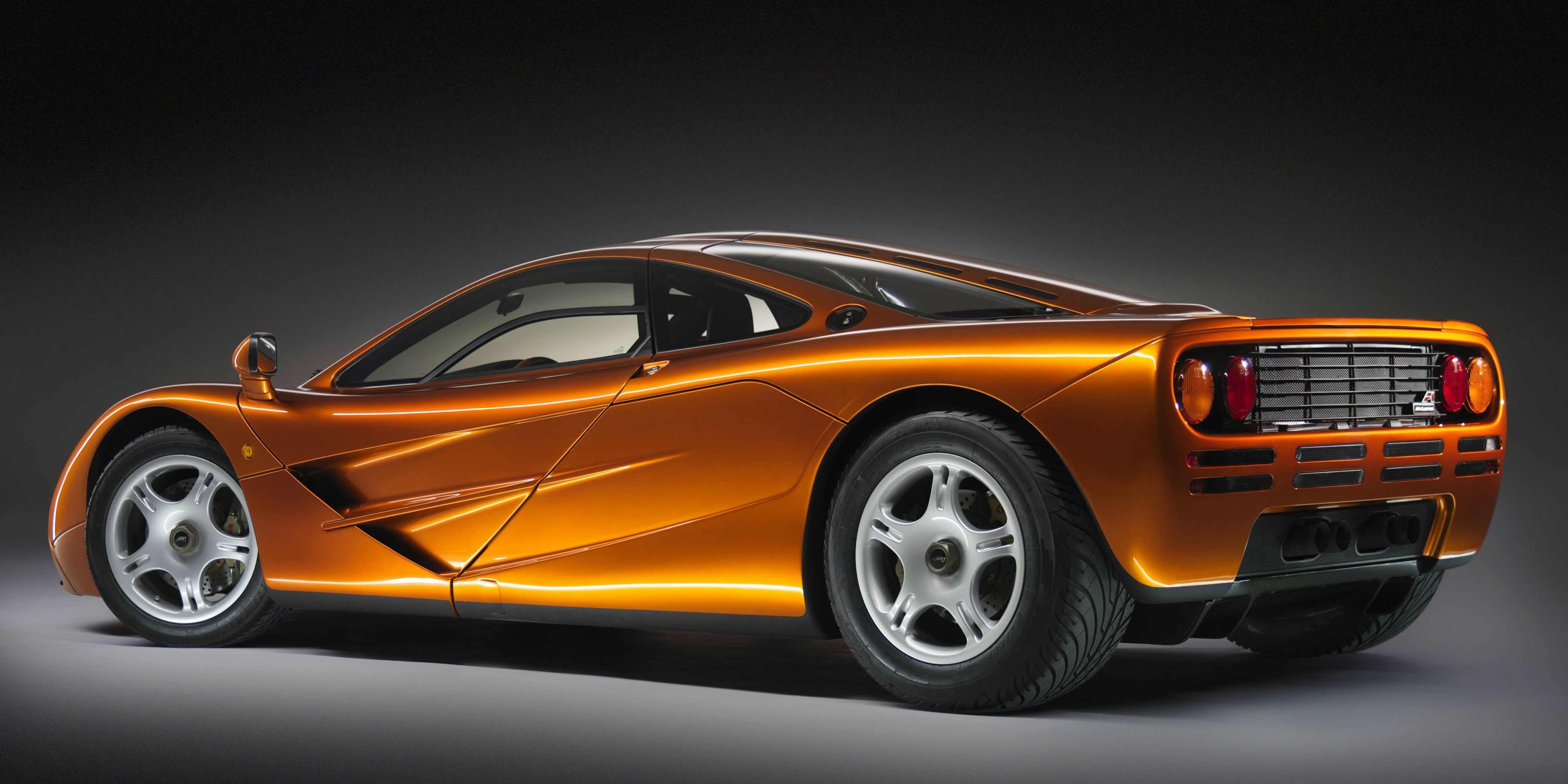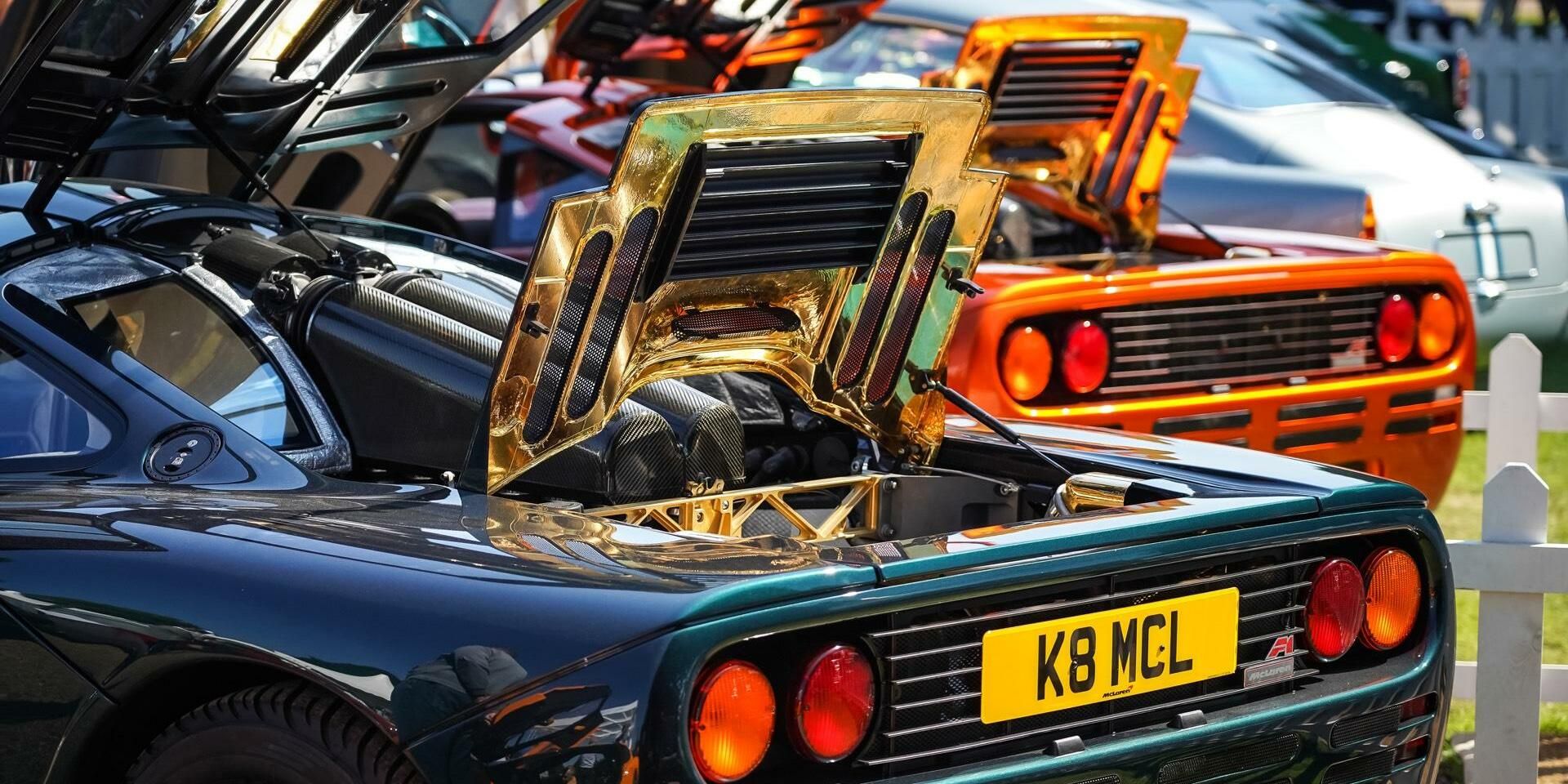Modern cars tend to be made of the same materials. Steel or plastic body panels with a steel or aluminum monocoque underneath. Performance cars may make use of carbon fiber for panels to lose weight but these are expensive to produce.
Likewise, interiors are generally made from the same materials. Fabric or leather for the seats with plastic and maybe some wooden veneer in a luxury car. Yet manufacturers occasionally try and revolutionize how a car is made. Whether it be the inclusion of rare metals to reduce weight and boost efficiency, or finding new ways of exploring luxury for the occupants, here are some cars that make use of unusual materials.
10 Toyota Crown: Woolen Interior
Most manufacturers will either include as standard or offer wool carpets for the footwell of a car. The Toyota Century however goes one step further offering a full wool interior for the ultimate in luxury. This high-quality wool offers occupants a breathable and silent material to sit in, offering even greater luxury than leather.
The ultimate display of Japanese luxury, the Toyota Century is comparable to only the very best Bentleys and Rolls Royces. Sold only in Japan, the Century is an icon of wealth and sophistication.
9 Renault Megane R26.R: Perspex Windows
The Renault Megane R26.R is an amazing track car from humble origins. Based on the second generation Megane, the R26.R was built to be the fastest FWD car to take on the Nurburgring.
As part of the modifications required to take on the fearsome ‘Green Hell’, a big weight-loss program was initiated. 271 lbs were eventually removed and that was partially achieved by replacing the rear windows glass with perspex. A technique first used in track-focused supercars like the Porsche 911 GT3-RS, not hot hatchbacks. It worked though, it achieved a lap time of 8:16.9 and shattered the FWD lap record.
8 Trabant 601: Built With Duroplast
A car not exactly renowned as being particularly good to drive, the Trabant 601 was East-Germany’s answer to the VW Beetle. Belching toxic fumes from an ancient two-stroke engine and looking almost comically small, the 601 did at least offer personal mobility to people who had never had it before. Even if the car wasn’t very good.
It was also not made of steel like many other cars of the era. Instead, it used a material called Duroplast in its construction. Similar to fiberglass, Duroplast is a plastic reinforced with cotton or wool and was a cheap way of mass-producing cars.
7 BMW Gina: Spandex Body Panels
The BMW Gina concept is a weird-looking concept vehicle. Development first began in 2001 and the end product was not shown off until 2008. The body panels didn’t use any sheet metal, instead adopting Spandex.
The skin that covered the concept is stretched over an aluminum frame and features several motors that can change the shape of the car at the driver’s will. The headlights for example are concealed and pulled back by motors. The material is said to have been weather resistant and able to change its tension without stretching or damaging it.
6 Morgan Plus Four: Wooden Frame
It is almost crazy to believe that a car announced in 2020 would use ash wood in its structure, but then again, Morgan is a crazy brand. Revealed at the virtual Geneva Motorshow this year, the updated Plus Four may use a sophisticated aluminum chassis in its construction but still relies on a good amount of wood for the body frame.
Morgan blends vintage and modern with the Plus Four. On the one hand, it uses a modern BMW 2.0-liter turbo engine which produces 255 bhp. Yet it also offers wire wheels and vintage styling.
5 Ferrari F40: Kevlar In The Body Panels
The Ferrari F40 is considered one of the greatest drivers' cars ever. The last car to be overseen by Enzo Ferrari before his death in 1988. The ultimate lightweight car, the F40 infamously used paint so thin, it was possible to see the carbon fiber weave through it.
Several lightweight materials were integrated into the body of the F40 to keep weight down. It was the first production car to use both Kevlar and carbon composite materials for the body panels.
4 DeLorean DMC-12: Stainless Steel Body Panels
The only production car to ever use stainless-steel for body panels, the DeLorean DMC-12 is not a very good car but one that is both iconic and cool to look at. With gullwing doors and sharp ‘80s styling, it was a very attractive car even if it wasn’t good to drive or own.
The nice stainless-steel finish would quickly become grubby with finger marks and other stains showing up regularly and were difficult to remove. Stainless steel was also incredibly heavy meaning that despite having a 3.0-liter V6, the DMC-12 was in no way sporty.
3 Peugeot Onyx: Copper Body Panels
The Peugeot Onyx is a stunning looking concept supercar revealed in 2013. Using the diesel V8 from the Peugeot 908 Le Mans racer. It also has a hybrid motor added in for 680 bhp overall. It also has copper body panels, a first for a car.
Whilst copper is one of the heavier metals, it is partnered to a carbon fiber chassis to keep weight down. The idea behind using copper for these panels being the fact that copper oxidizes over time and turns green, meaning it will eventually change color.
2 Pagani Huayra: Carbotanium
Expect nothing less from Pagani than to develop a whole new composite alloy for their crazy hypercars. Made by bonding titanium with carbon composites, Carbotanium is a very strong yet light alloy. It is also very expensive to produce, in keeping with the premium costs of a Pagani.
Used for both the track-only Zonda-R and Huayra, its application in only the most expensive and extreme Pagani models shows how exclusive this material is. It also looks fantastic, with Pagani able to create visual drama.
1 McLaren F1: Gold In The Engine Bay
Nothing about the McLaren F1 was about compromise. Lead designer Gordon Murray was legendarily fastidious about the construction of the car and nothing was ever half-done. No wonder it was capable of both winning Le Mans and seating three occupants in comfort for long journeys.
One notable example of this no-compromise approach involved the engine bay. Gold was the most effective and lightest heat deflector available at the time, meaning the McLaren F1 made use of gold in the engine bay. 16 grams of gold foil were used in each F1 around the engine bay despite the monstrous cost associated.

